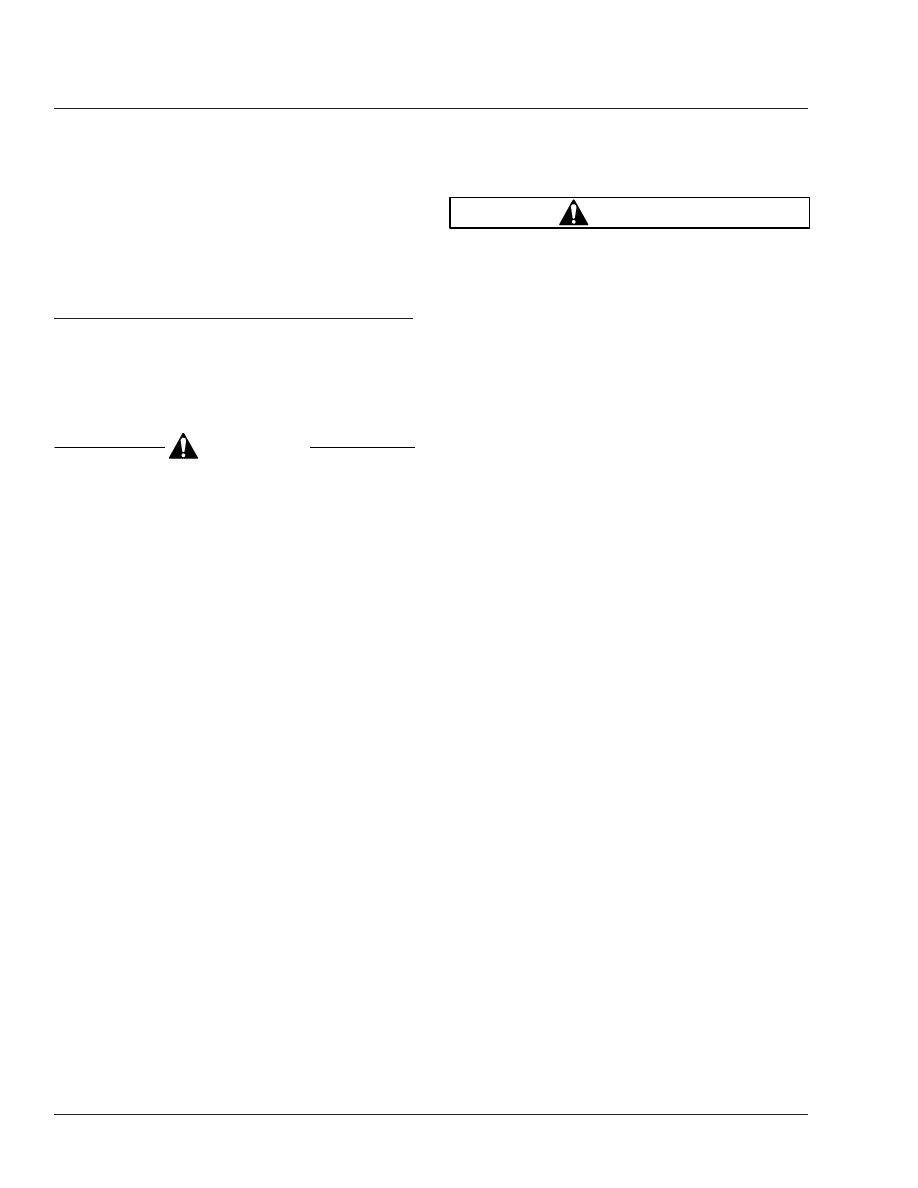Freightliner Coronado 132 / 122SD. Manual - part 24

8.
Install the reservoir on the cover and tighten the
capscrews.
9.
Fill the reservoir with 40 ounces (1183 mL) of
methyl alcohol, then install the filler cap.
42–05 Brake Inspection
Parking Brake Operational Check
IMPORTANT: This procedure should be per-
formed prior to lubrication of the brake compo-
nents.
CAUTION
Perform the following check in a clear safe area. If
the parking brakes fail to hold the vehicle, per-
sonal injury or property damage may result.
1.
With the engine running, and air pressure at cut-
out pressure, set the parking brake.
2.
Put the vehicle in the lowest gear and gently at-
tempt to move it forward. The vehicle should not
move. If the vehicle moves, the parking brakes
are not operating correctly and must be repaired
before the vehicle is returned to service. See
Group 42 of the vehicle Workshop Manual for
repair procedures.
Brake Component Inspection
1.
Park the vehicle on a level surface, set the park-
ing brake, and chock the tires. Once the tires are
chocked, release the parking brake.
WARNING
Manually adjusting an automatic slack adjuster to
bring the pushrod stroke within legal limits is
likely masking a mechanical problem. Adjustment
is not repairing. Before adjusting an automatic
slack adjuster, troubleshoot the foundation brake
system and inspect it for worn or damaged com-
ponents. Improperly maintaining the vehicle brak-
ing system may lead to brake failure, resulting in
property damage, personal injury, or death.
2.
With the engine off, and 100 psi (689 kPa) of air
tank pressure, have an assistant apply and hold
an 80 to 90 psi (550 to 620 kPa) brake applica-
tion.
3.
Check to see if the colored over-stroke band on
each brake chamber pushrod is exposed.
If a band shows, the stroke is too long. Check
the foundation brake components for wear or
damage, and repair as needed. See Group 42 of
the vehicle Workshop Manual for inspection and
repair procedures.
4.
Measure the applied chamber stroke.
See
for the proper stroke for the type of
chamber being used. If the stroke is too short,
the brakes may drag or will not fully apply. Check
for improper operation or adjustment of the auto-
matic slack adjuster. See Group 42 of the ve-
hicle Workshop Manual.
Brakes
42
42/6